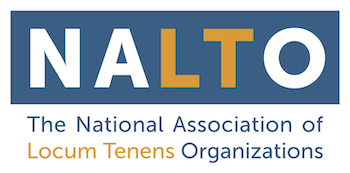Many healthcare organizations are now offering rewards and loyalty programs in an effort to retain patients. Though these programs are still in development, they have shown promise.
Approximately 10 percent of patient appointments result in no-shows. This can be a frustrating experience for healthcare organizations that depend upon health insurance reimbursements and private payers. As a result, facilities have created cancellation policies, which allow providers to charge patients who fail to show up for appointments without reasonable notice. While this has certainly deterred a large number of patients from skipping their scheduled visits, healthcare facilities are looking to do more to retain patients.
